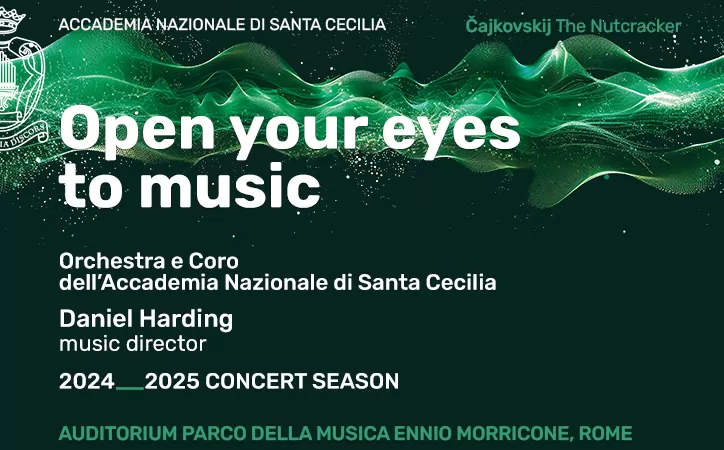What to do and where to go in the Sabine hills north of Rome. An area rich in history and culture.
Where is Sabina and what is it best known for? For many people who live in Rome it is an area they have heard of but never visited. It starts about 30 km north-east of the city and runs on up the eastern bank of the Tiber for about another 50 km, while extending eastwards from the riverbank into the Apennines of central Italy.It is little known because the ancient salt road, the Via Salaria, although it enters the Sabina, turns away northeast at Passo Corese, heading towards Rieti. It then runs on to the Adriatic, skirting the Sabine mountains and missing the virtually unchanged mediaeval hilltop villages of the area.However, the reason why most Romans know its name is its prestigious olive oil and also because of the legend of the Rape of the Sabine women so vividly expressed in Poussin’s 17th-century painting, today hanging in the Louvre.Sabine mountains
The Sabine mountains, rising to 1,282 metres at Monte Tancia, divide the undulating olive groves of lower Sabina from the higher level Rieti plain and the lakes and river valleys of upper Sabina.Long ago, these upland streams deposited so much limestone that they became blocked and created lakes and a swamp north of Rieti. In 271 BC, the Romans drained the area by cutting a channel to the edge of the escarpment above Terni. Today the spectacular Marmore waterfall is recognised as the highest man-made waterfall in Europe.It drains the Velino River from the Rieti plain, which is also known as the Holy Valley because it contains four Franciscan monasteries. Check the website to find out when the spectacular openings of the waterfall take place.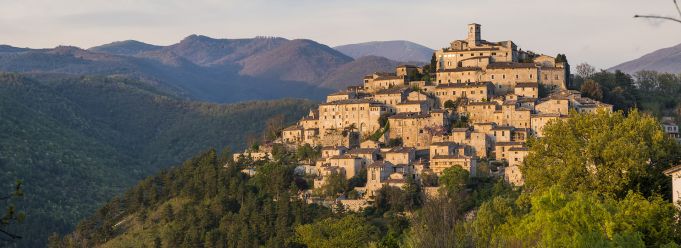
Farfa
Lower Sabina boasts an important abbey at Farfa, which is well worth a visit. It dates back to the fifth century and was one of the most important abbeys in Europe in its day. Damaged by fire during the Saracen invasions of the mid-ninth century, it was soon rebuilt.Because of the threat of Saracen invasions, Pope John III issued a papal bull in 966, ordering the fortification of all the property occupied by the nobility in Sabina. This period of castellamento saw walls, gateways, defensive towers and castles built all over Sabina.This, then, is what we see today: mediaeval hilltop villages dominated by castles and encircled by tall walls and defensive towers dating back to the late 10th and early 11th century, often perched on rocky outcrops or hilltops. All these villages have picturesque festivals throughout the year, advertised on their pro loco websites.Roccantica
Roccantica clings to the flank of the Sabine mountains, a dozen kilometres north of the town of Poggio Mirteto. Dominated by its castle, which became a monastery in the 13th century, the village looks out over olive groves and away to the Tiber, with the rugged outline of Monte Soratte on the horizon.Events worth attending start on the Sunday following the 17 January celebration of St Anthony, on whose feast day by tradition animals are blessed. The piazza is filled with the horses and mules that carry logs down from the mountains above, a flock of sheep, an occasional bull, horses, dogs, cats and caged birds. The event is combined with the Feast of the Poor, so wine and sweets are handed out to one and all while the priest blesses the animals.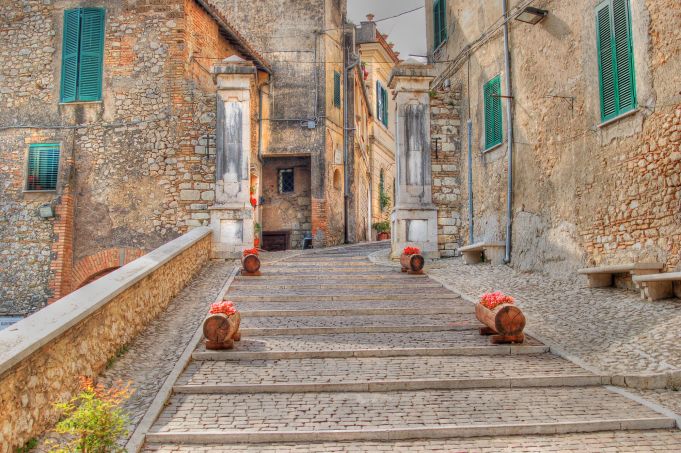
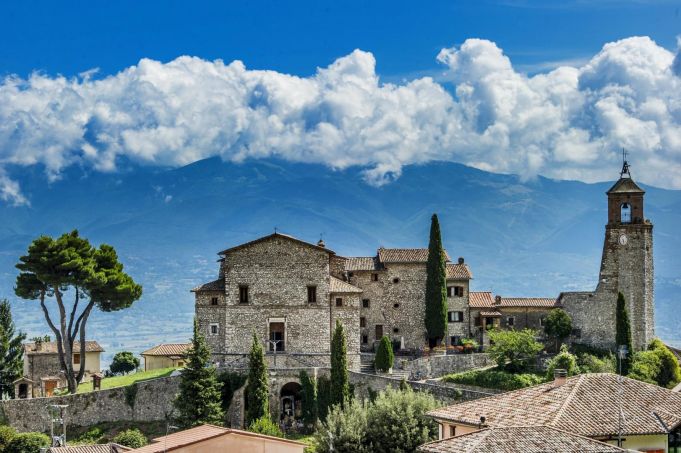
Carnivals
During the year, Poggio Mirteto has two carnivals in April, one of which is called the "Liberata", contentiously celebrating the fall of the Papal States in 1861. In May, Selci offers an evening of “Wine under the Stars", while Configni – located just off the SP313 road from Passo Corese to Terni near the northern Lazio border – holds a wild mushroom and asparagus festival.Bocchignano, situated between Poggio Mirteto and Farfa Abbey, holds a jazz festival at the end of May or early June, while live music and al fresco food is also available at Halloween in neighbouring Poggio Catino, where legend has it that witches have been known to appear and dance in the square.Activities in Sabina include skiing in the winter at Monte Terminillo, about 21 kms from Rieti. Hikers can also follow the many marked footpaths accessible from the villages lying on both sides of the Sabine mountains.Other fascinating sites to visit are the two hermitages behind Roccantica and those at Cottanello and Vacone, while everyone with a taste for “the nectar of the gods” can visit the producers of the famous olive oil under the guidance of an international olive oil judge.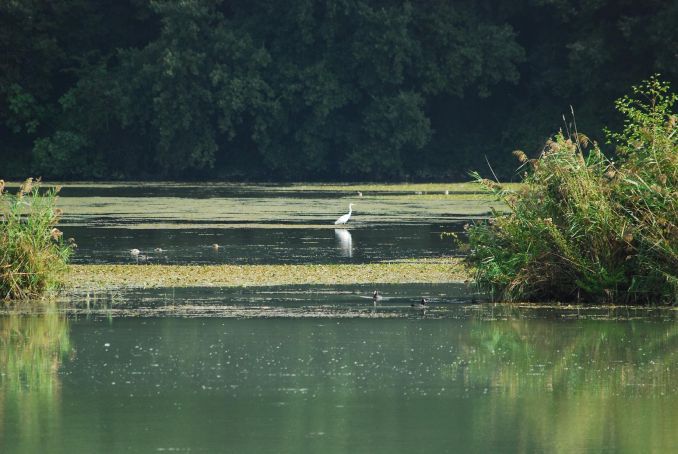
Useful web sites
Waterfall www.lecascatedellemarmore.com
Greccio www.prolocogreccio.it
Fara abbey concerts www.abbaziadifarfa.it
Roccantica www.roccantica.org
Olive oil tours www.johnnymadge.com
Walks & youth adventure activities www.cognolorefuge.com
Other walks www.ostellomaglianosabina.it
and on Facebook Stefano Aperio Bella
Horseriding San Lorenzo Agriturismo
Pony trekking stefanotigre1988@libero.it
Swimming / tennis almalama@libero.it
Bicycle hire www.elerent.com
Tancia Hostel House www.facebook.com/tanciahostelhouse/
This article was published in the September 2019 edition of Wanted in Rome magazine.
General Info
View on Map
Exploring the villages of the Sabina Region north of Rome
Via Sabina, 02020 Nespolo RI, Italy


